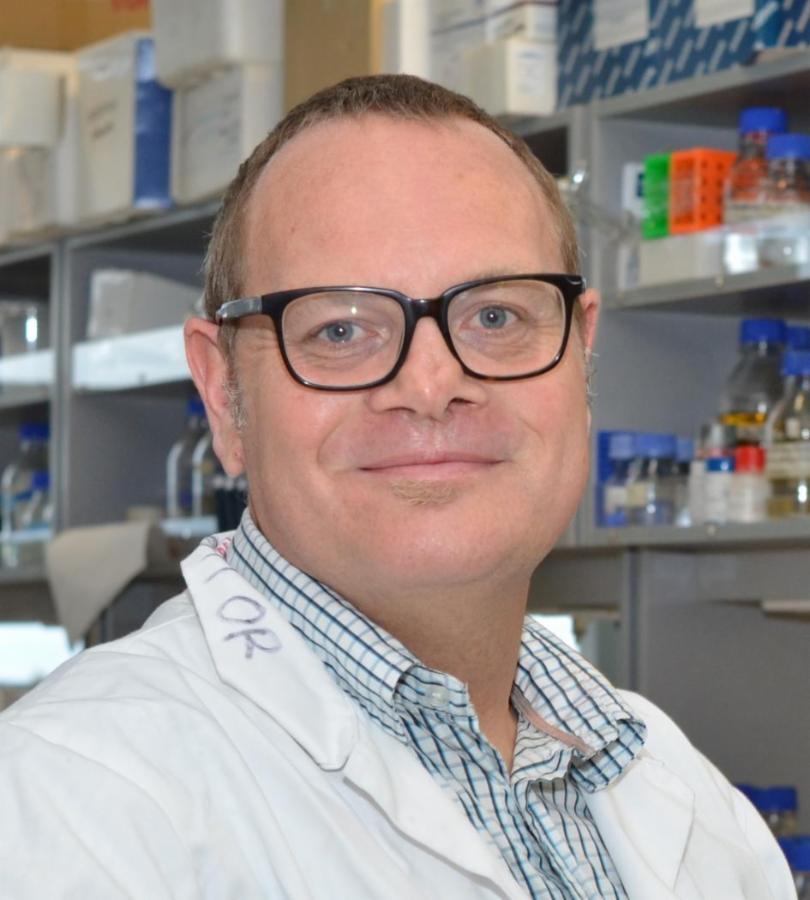Research into biochemical and biological structure and function delves into the molecular foundations of life. This field explores how the shapes and interactions of biological molecules—like proteins, DNA, and enzymes—govern the processes that keep cells and organisms alive.
Through the School of Biological Sciences and the Biomolecular Interaction Centre (BIC), researchers investigate how molecular structures determine biological function. This includes studying how enzymes catalyze reactions, how proteins fold and interact, and how cellular components communicate to regulate growth, repair, and metabolism.
Courses like BCHM111 (Cellular Biology and Biochemistry) introduce students to the intricate relationship between molecular structure and cellular function. Students learn how disruptions in these systems can lead to diseases such as cancer or genetic disorders, and how understanding these mechanisms can lead to new treatments and technologies.
UC’s research facilities include advanced tools like confocal microscopy, DNA sequencing, and real-time PCR, enabling scientists to visualize and manipulate molecules at the cellular level. This work supports breakthroughs in biotechnology, medicine, and environmental science—such as developing bio-based materials, improving crop resilience, or designing targeted therapies.
By uncovering the molecular architecture of life, UC’s researchers are helping to solve real-world problems and train the next generation of scientists in the principles that underpin all living systems.
Our staff have extensive local and international connections and welcome contact from potential students and collaborators.
Examples of our research include:
- Bacteriophage discovery
- Physiological and neurological mechanisms of dysfunction in neuromuscular diseases
- Sperm anatomy and sperm storage in birds
- Impact of heat exposure on maternal, foetal and neonatal health
- Protein modification, interaction and function in plant stress and immunity
- Linking plant surface architecture and calcium signalling to environmental sensing
- How do the structural features of plant-derived proteins influence cultivated meat systems?
- Understanding the role of antioxidants in mediation of inflammatory disease
- Investigating how TRAP transporters deliver metabolites into bacteria
- Discovery of novel microbial metabolism
- Linking structure to function of heat stable proteins.
- Investigating the structure and interactions of a protein to inform on its function.
- Advancing our fundamental understanding of how novel cellular regulatory hubs, called biomolecular condensates, form and function.
- Contributing to regional and global syntheses aimed at better understanding drivers of biodiversity patterns.



























